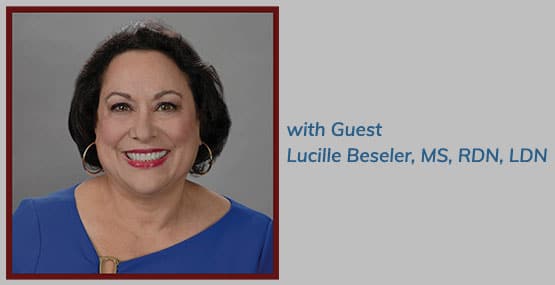
Sugar-sweetened beverages

Sugar sweetened beverages (SSbs) are liquids that have sugars such as sucrose (table sugar), juice concentrates, or other sweeteners added. These added sugars can be found in drinks such as sodas, fruit juice, sweetened tea, sports drinks, coffee and lemonade.
How much sugar?
A 12 ounce can of soda has 10 teaspoons of sugar. Fruit juice is not much better. Apple juice has the same amount and grape juice has 50% more sugar.
Fluid Calories and Nutrients (per 8 Ounces)
| Calories | Sugar (g) | Protein (g) | Other Nutrients | |
| Water | 0 | 0 | 0 | Water itself |
| Milk | 160 | 12 | 8 | Vitamins A and D, calcium, phosphorus |
| Apple juice | 105 | 26 | 0 | Vitamin C |
| Grape juice | 160 | 58.5 | 0 | Vitamin C |
| Carrot juice | 43 | 10 | 1 | Vitamins A and C, minerals |
| Celery juice | 40 | 5 | 1 | Vitamin C, minerals |
| Sports Drinks | 50 | 10-14 | 0 | Sodium and potassium |
| Coca Cola | 94 | 26 | 0 | Water, phosphorous, caffeine |
g = grams
How many SSBs do we actually drink?
In this country, SSBs represent 12-13% of the daily calories adults and adolescents consume. That is a 230% increase in soda consumption and a 170% increase in fruit drink consumption from 1977-2002. Many factors contribute to the increase of our SSBs intake. For example, not only does the sweetness taste good, but the carbonation found in some SSBs can actually make you crave more! Additionally, SSBs are cheap and widely available. Plus, there is a 700 billion dollar advertising budget dedicated to selling your family more of those products.
Health concerns
The problem with SSBs is that they provide excess calories with little nutritional value. This can lead to increased weight, cavities, and diabetes.
Studies have shown that children 2-5 years old who drink lots of SSBs have significantly higher BMIs (Body Mass Index).
Excess sugar in the diet can cause dental cavities and lead to insulin resistance as seen in diabetes.
Bottom Line: We are consuming far too many SSBs in the Standard American Diet (SAD).




